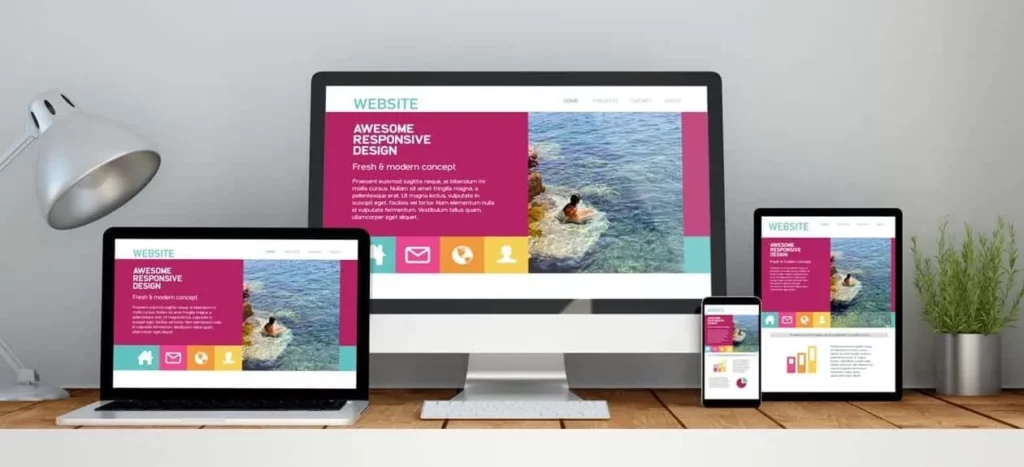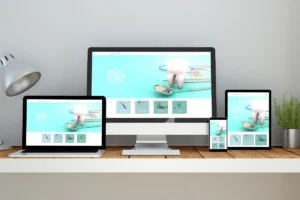Are you curious about what is dynamic web design? If so, you’re in the right place! Dynamic web design is quickly becoming the go-to choice for web designers, offering an interactive experience that adapts to the needs of users. With personalized experiences and engaging visuals, dynamic web design is poised to be the future of web design. In this blog post, we’ll discuss the Future of dynamic web design, and how it can help you create more engaging websites.
What is Dynamic Web Design?
Dynamic web design refers to the practice of creating websites that are interactive and adapt to the specific needs of users. It involves utilizing programming languages like HTML, CSS, and JavaScript to incorporate dynamic content, personalized recommendations, and interactive features. By analyzing user data and behavior, dynamic websites can dynamically update and display relevant information, creating a more tailored and engaging user experience. This customization not only increases user satisfaction but also boosts conversions and customer retention. Overall, dynamic web design is crucial for crafting websites that provide a personalized and interactive experience for visitors.
Benefits of Dynamic Web Design
Dynamic web design offers numerous benefits that can greatly enhance the user experience on your website. Here are some key advantages of implementing dynamic web design:
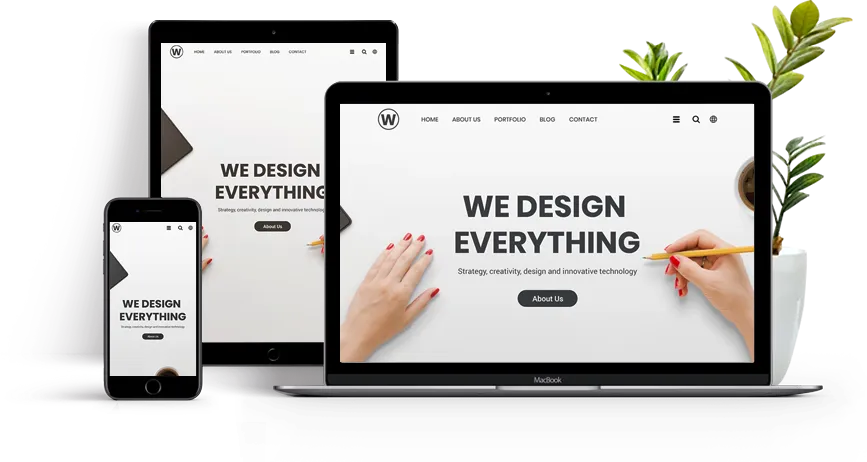
– Personalized User Experience:
With dynamic web design, you can tailor the content and features of your website to each individual user. By analyzing user data and behavior, you can display relevant information and recommendations that are specific to their interests and preferences. This personalized approach makes users feel valued and understood, leading to increased engagement and customer satisfaction.
– Increased Engagement and Interactivity:
Dynamic websites incorporate interactive elements such as animations, sliders, and scroll effects that grab users’ attention and encourage them to explore further. These interactive features make the browsing experience more enjoyable and memorable, keeping users engaged and coming back for more.
– Improved Conversions and Customer Retention:
By providing a personalized user experience and engaging content, dynamic web design increases the likelihood of conversions. When users feel that a website understands their needs and offers relevant solutions, they are more likely to take action, whether it’s making a purchase, signing up for a newsletter, or requesting more information. Additionally, the enhanced user experience fosters customer loyalty and encourages repeat visits, leading to improved customer retention.
– Seamless Adaptation to Different Devices:
Dynamic web design ensures that your website looks and performs seamlessly across different devices and screen sizes. With the increasing use of mobile devices, it is crucial to provide a consistent user experience regardless of the device users are using. By adapting to different platforms, dynamic websites guarantee that users can access and interact with your content easily, regardless of their device.
– Better SEO Performance:
Dynamic websites that provide personalized and engaging experiences are more likely to attract organic traffic and improve search engine rankings. When users spend more time on your website and interact with its content, search engines perceive it as a valuable resource, leading to higher visibility and better search engine optimization (SEO) performance.
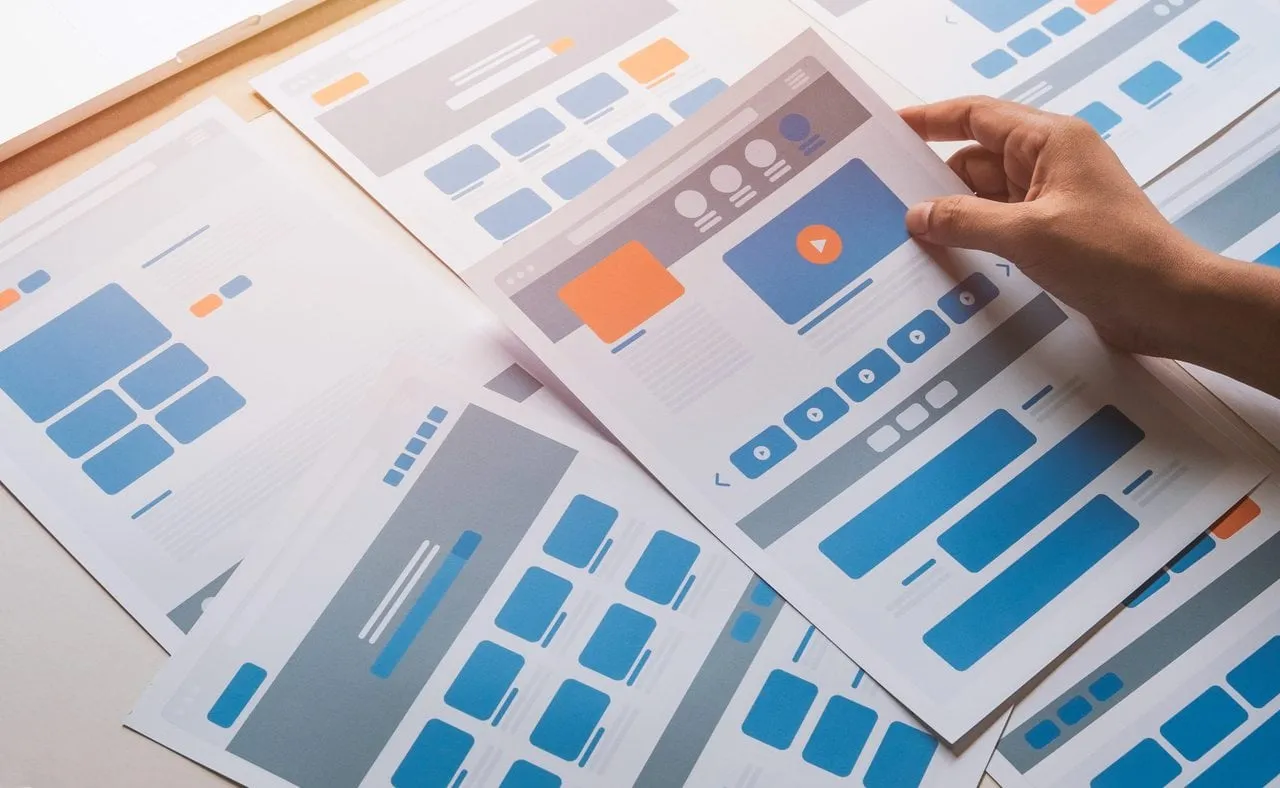
How Dynamic Web Design Works
Dynamic web design works by utilizing programming languages such as HTML, CSS, and JavaScript to create interactive and adaptable websites. By analyzing user data and behavior, dynamic websites can dynamically update and display relevant information, providing a tailored user experience. This customization increases user satisfaction, boosts conversions, and enhances customer retention. Dynamic web design also allows websites to adapt to different devices and screen sizes, ensuring a seamless experience. With its interactive features, dynamic web design promotes engagement and creates an enjoyable and memorable experience for visitors. By embracing dynamic web design, businesses can optimize user experience and drive meaningful interactions with their audience.
Examples of Dynamic Websites
Looking for inspiration? Here are some examples of dynamic websites that showcase the power of interactive design. Airbnb, for instance, uses dynamic web design to personalize the user experience by showing relevant listings based on the user’s search history and preferences. Netflix utilizes dynamic content to recommend personalized movie and TV show suggestions based on the user’s viewing history and ratings. Another great example is Amazon, which displays product recommendations tailored to the user’s browsing and purchasing behavior. These websites demonstrate the versatility and effectiveness of dynamic web design in creating engaging and personalized experiences for users.
Tips for Creating an Engaging Dynamic Website
Creating an engaging dynamic website requires careful planning and execution. Here are some tips to help you optimize the user experience and make your website stand out:
– Understand your audience:
Start by identifying your target audience and their preferences. Conduct user research to gather insights into their needs, behaviors, and expectations. This will help you tailor your website to their specific needs and deliver a personalized experience.
– Use data-driven insights:
Leverage user data and analytics to understand how users interact with your website. Analyze metrics such as bounce rates, click-through rates, and conversion rates to identify areas for improvement and make data-driven decisions.
– Focus on speed and performance:
Ensure that your website loads quickly and performs smoothly across different devices and screen sizes. Use caching techniques, compress images, and optimize code to minimize load times and provide a seamless browsing experience.
– Implement intuitive navigation:
Make it easy for users to navigate your website by designing a clear and intuitive navigation menu. Use descriptive labels, logical grouping, and hierarchical structures to guide users and help them find what they’re looking for quickly.
– Incorporate interactive elements:
Engage users by adding interactive elements such as animations, sliders, and scroll effects. These features can enhance the user experience, make the website more enjoyable, and encourage visitors to explore further.
– Provide personalized content:
Utilize dynamic content to personalize the experience for each user. Display relevant product recommendations, tailor messaging based on user preferences, and create personalized landing pages to make users feel valued and understood.
– Test and iterate:
Continuously test your website’s performance, usability, and user experience. Conduct A/B testing, gather feedback from users, and make iterative improvements based on the data and insights gathered.
By implementing these tips, you can create an engaging dynamic website that offers a personalized and enjoyable experience for your users.
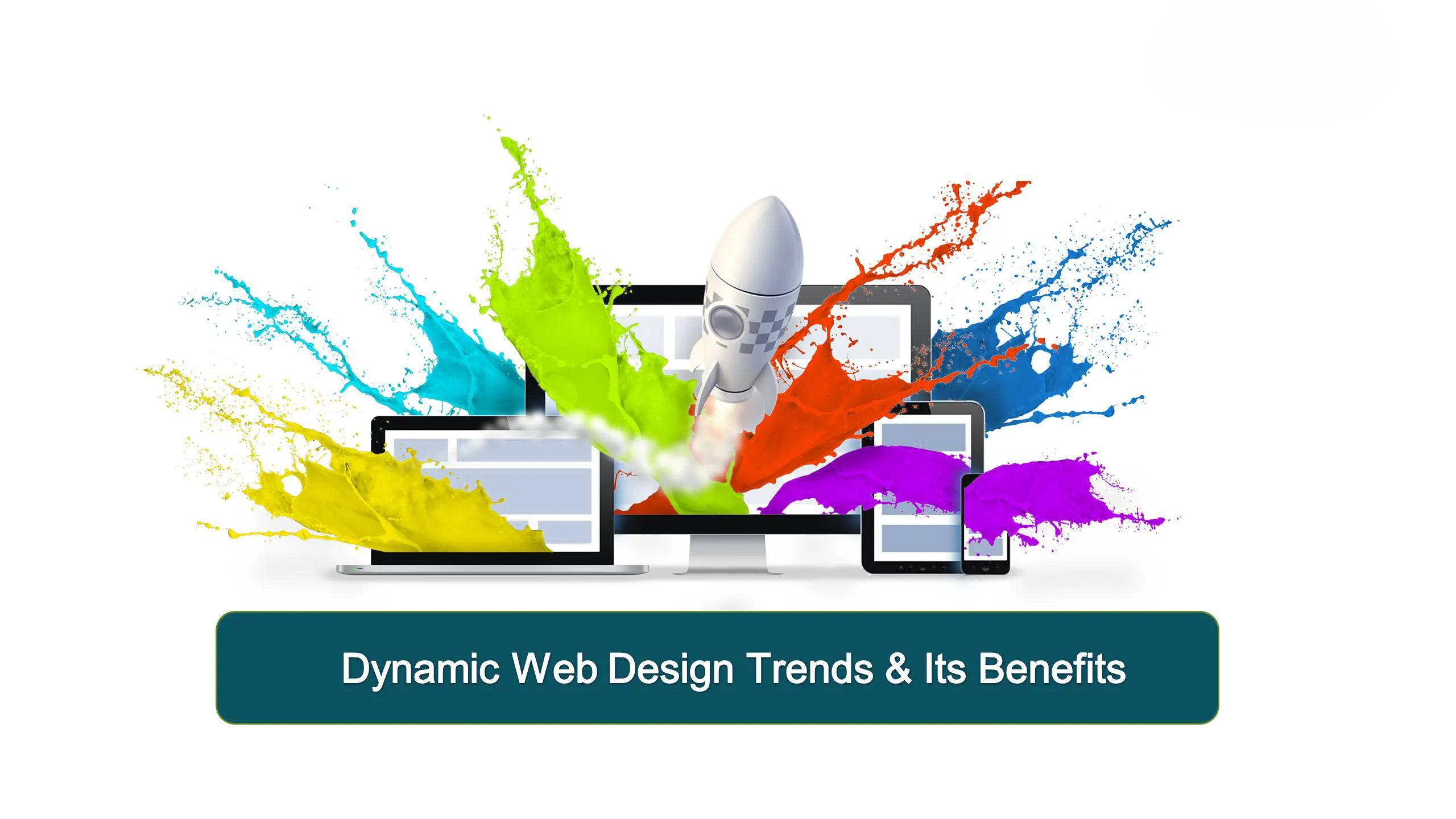
Challenges of Dynamic Web Design
While dynamic web design offers many benefits, it also presents some challenges. One major challenge is the complexity of implementing dynamic features. It requires a strong understanding of programming languages and frameworks to ensure everything functions properly. Additionally, managing and analyzing user data can be a challenge, as it requires the proper tools and expertise to collect and interpret the data effectively. Lastly, dynamic websites may require more resources and a robust hosting infrastructure to handle the increased data processing and storage needs. Overcoming these challenges is essential to reap the rewards of dynamic web design and provide users with a seamless and personalized experience.
Future of Dynamic Web Design
As technology continues to evolve and user expectations change, the future of dynamic web design holds immense potential. With advancements in machine learning, artificial intelligence, and data analysis, dynamic websites will become even more personalized and intuitive. The use of predictive analytics and user behavior modeling will allow websites to anticipate user needs and provide customized experiences in real-time. Additionally, as more devices become connected and the Internet of Things expands, dynamic web design will extend beyond traditional websites to include interactive experiences across various platforms and devices. The future of dynamic web design is an exciting one, with endless possibilities for creating immersive, engaging, and tailored experiences for users.
Contact us
If you have any questions about what is dynamic web design or if you need help implementing it for your website, don’t hesitate to reach out to us! Our team of experts is here to provide guidance and support. We can assist you in creating an engaging and personalized dynamic website that will captivate your audience. Contact us today to learn more and take your web design to the next level.

